Table of contents of the article
ToggleOlive psylla is a pest that secretes a honeydew substance that attracts black mold, which harms the photosynthesis process. This article from the “WORLD OF PLANTS” website reviews how to prevent and control.
Symptoms of olive psylla
- Scientific name : Euphyllura olivina
- the family : homoptera
- The insect secretes a white waxy substance in which the infected parts are collected. It secretes honeydew that causes the growth of black fungi.
- This pest attacks the buds and young clusters of olive trees and causes severe damage to the fruits (30%) and flowers (60%).
- Description of the insect: Its length is (3 mm) and its color is yellowish-brown or greenish-brown. There are scattered yellow dots on the translucent white wings, and these dots are not present on the back wings. The nymphs’ body has wax threads that cover it completely.
Causes of olive psylla
- Insect biology is closely linked to the biology of the host plant and climatic conditions
- Due to high temperatures and the olive growth cycle (the gradual slowing down of vegetative growth), the second adult summer generation appears in the period from June to September and is the most dangerous of the generations.
Suitable conditions for the spread of olive psylla
The results showed that the ability of females to lay eggs decreases when the temperature exceeds 20 degrees Celsius. In particular, there was a complete inhibition of ovarian activity at 32°C resulting in no eggs being laid at all.
Olive psyllid development cycle
E. olivina can complete three life cycles on olive trees.
- Adults of all three generations are present continuously during the year. Adults spend the months from July to September in reproductive diapause, which has been verified by studying gamete formation in females.
- The second generation is the most dangerous because it can cause some yield losses.
- Adults emerge in June and, after an obligatory summer dormancy, remain dormant from September through January and March.
Losses from the spread of olive psylla
- It is a great danger to the olive tree. They feed on flowers and cause damage, resulting in the loss of the olive crop.
- Due to the release of waxy secretion and honeydew, it can cause aesthetic damage to ornamental hedges
Strategy to combat Pella olive
1. Preventive measures to prevent the occurrence of the disease
- Taking care of the necessary fertilization operations.
- Provide sufficient amount of irrigation.
- Cleaning the area around trees from weeds.
- Pruning olive trees and removing infected branches.
2. Chemical and organic control recommendations
- Biological control by the Mediterranean parasite Psyllaephagus euphyllurae
- Encourage integrated control through the use of mating disruption, traps, and release of predatory insects or parasitoids
- Extracting polyphenols from vegetable waste contributes to its use as a biopesticide
- Spraying trees (at the end of April) and before the flowers open with dimethoate.
In conclusion, we would like to note that we, at the world of plants website, offer you all the necessary services in the world of plants, we provide all farmers and those interested in plants with three main services::-
- Artificial intelligence consulting service to help you identify diseases that affect plants and how to deal with them.
- Blog about plants, plant diseases and care of various crops ... You are currently browsing one of her articles right now.
- An application that provides agricultural consultations to clients, as well as a service for imaging diseases and knowing their treatment for free – Click to download the Android version from Google Play Store، Click to download the IOS version from the Apple App Store.
References
- Del Bene, G., E. Gargani, and S. Landi. “Observations on the life cycle and diapause of Euphyllura olivina (Costa) and Euphyllura phillyreae Foerster (Homoptera Aphalaridae).” Advances in Horticultural Science (1997): 10-16
- GUESSAB, A., et al. Population dynamics, seasonal fluctuations and spatial distribution of the olive psyllid Euphyllura olivina Costa (Homoptera, Psyllidae) in Algeria. Arxius of Miscel làniaZoològica, 2021, 19.
- DEBO, Ali, et al. Efficacy of a hydroxytyrosol-rich preparation from olive mill wastewater for control of olive psyllid, Euphyllura olivina, infections. Crop Protection, 2011, 30.12: 1529-1534
- LARIF, M., et al. New innovation in order to recover the polyphenols of olive mill wastewater extracts for use as a biopesticide against the Euphyllura olivina and Aphis citricola. Research on Chemical Intermediates, 2013, 39: 4303-4313.
- Observations on the life cycle and diapause of Euphyllura olivina (Costa) and Euphyllura phillyreae Foerster – jstor
- Population dynamics, seasonal fluctuations and spatial distribution of the olive psyllid Euphyllura olivina Costa (Homoptera, Psyllidae) in Algeria – researchgate
- Efficacy of a hydroxytyrosol-rich preparation from olive mill wastewater for control of olive psyllid, Euphyllura olivina, infestations – sciencedirect
- New innovation in order to recover the polyphenols of olive mill wastewater extracts for use as a biopesticide against the Euphyllura olivina and Aphis citricola – springer
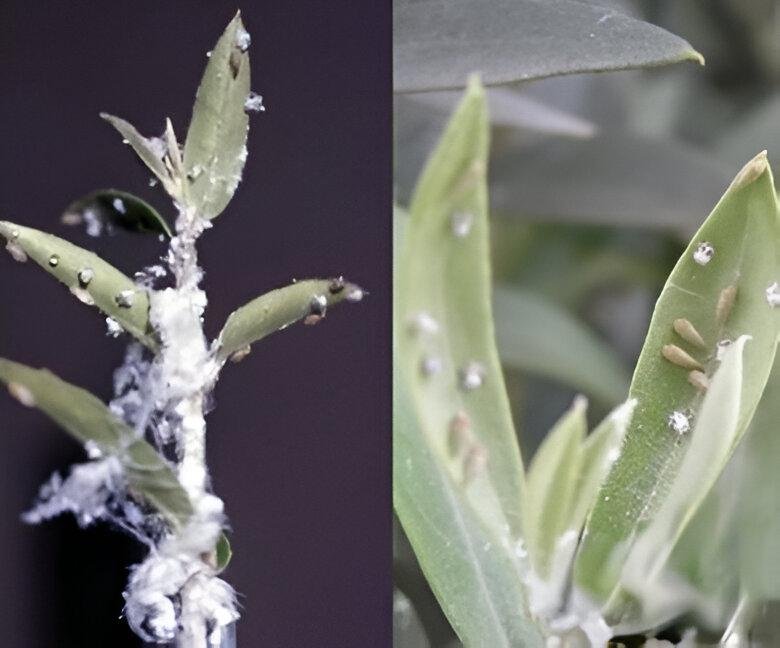
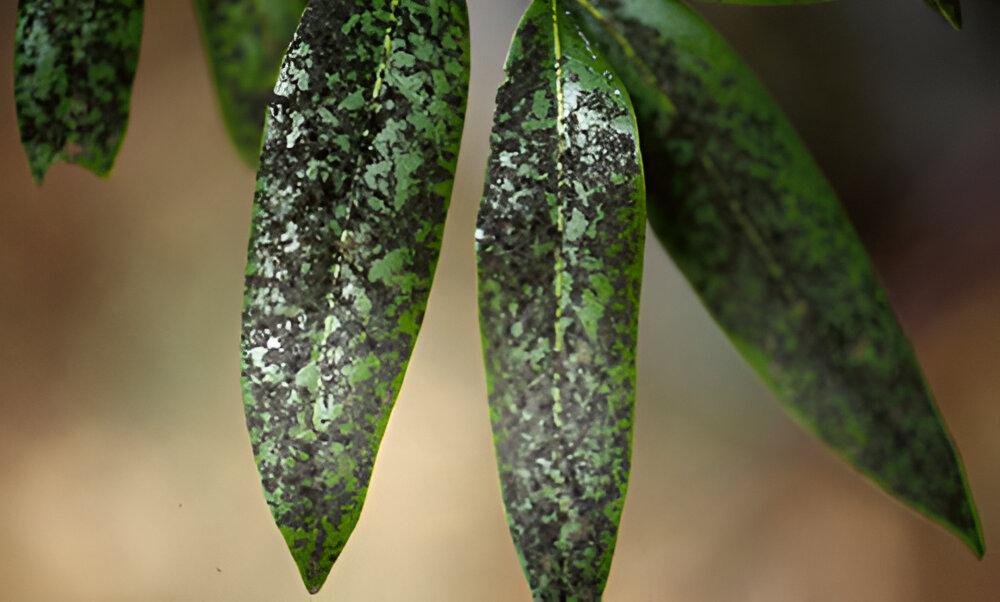
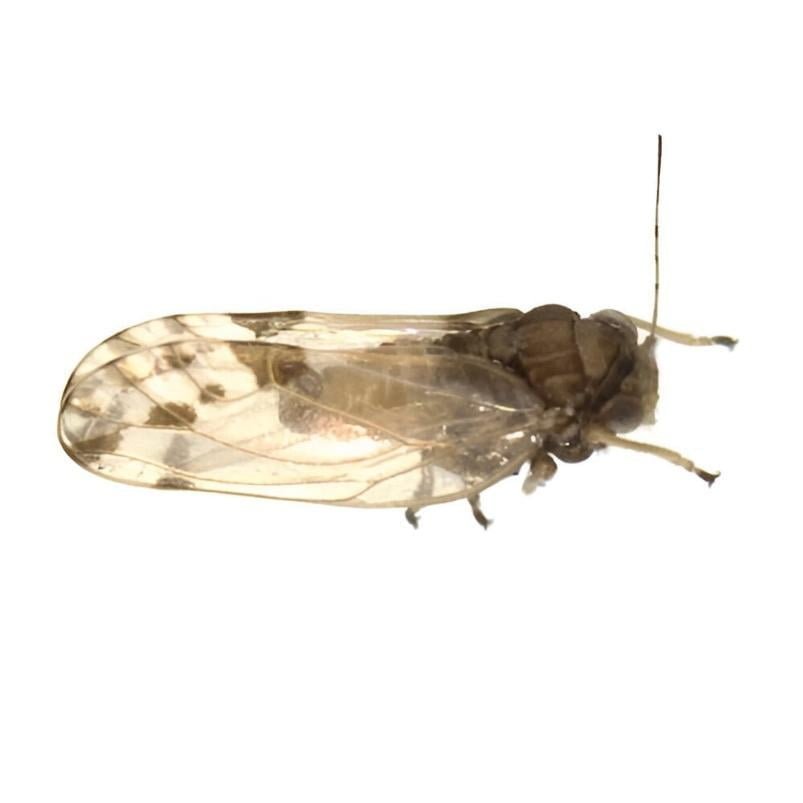
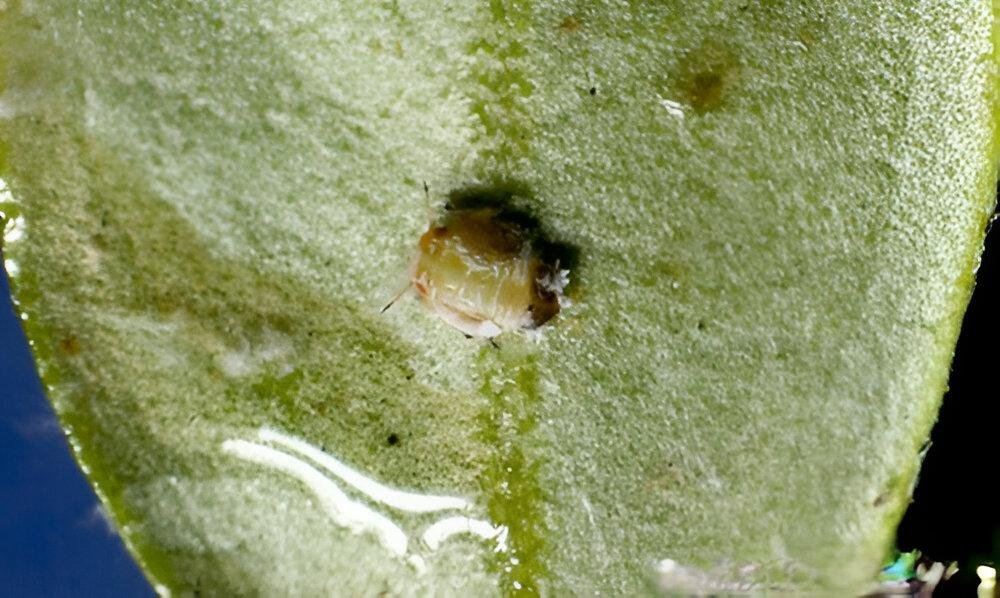
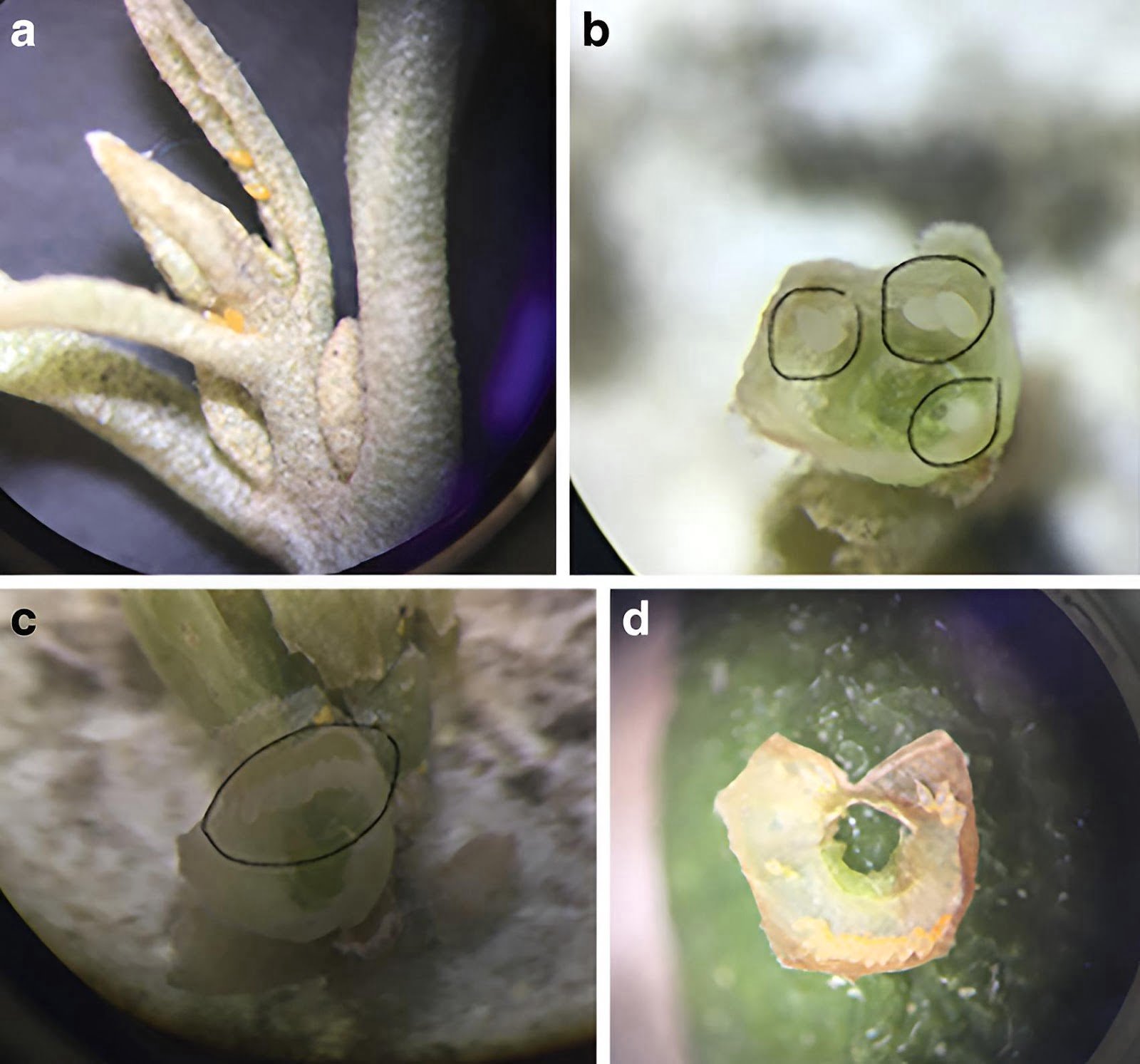




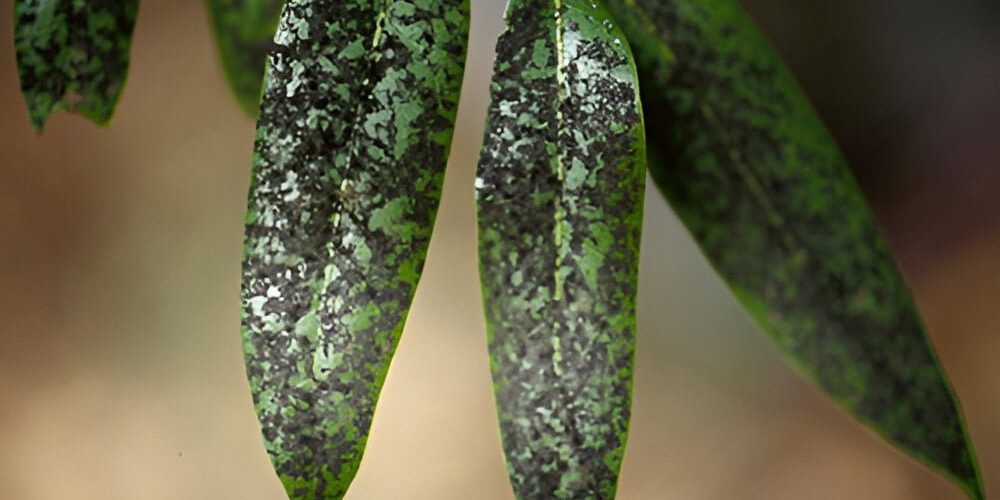
1 Comment
Bonjour,
Je suis Oubrahimi Hicham, étudiant en 1 er année doctorat, je suis à la recherche sur la phytopathologie des oliviers, et j’ai besoin de cette article, pouvez-vous de m’envoyer sous forme pdf !
j’attend votre retour,
Bien cordialement,